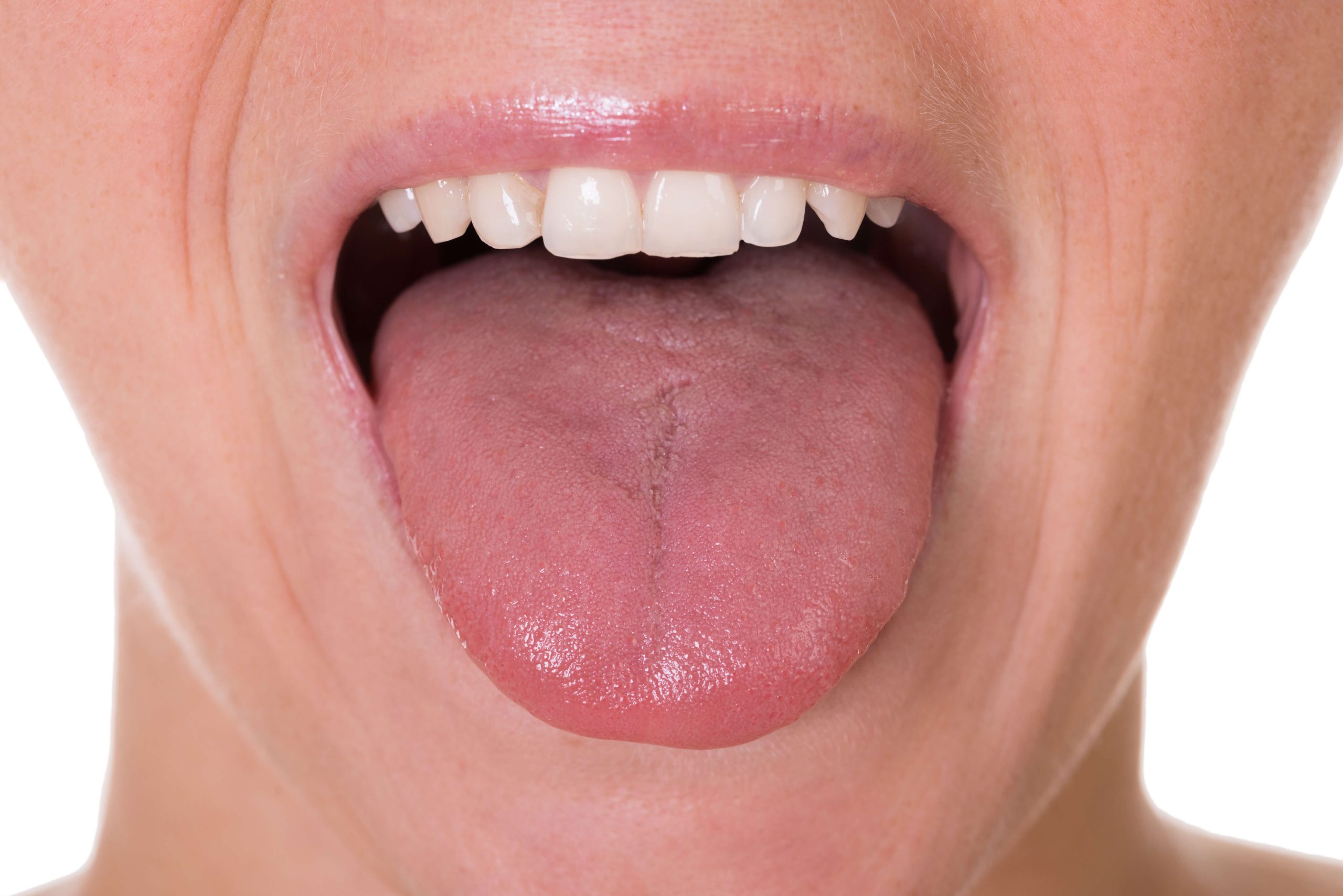
Tongue Function & Health Issues: Part 1
The function or dysfunction of a tongue can lead to more health issues than many realize. Recent research has linked tongue dysfunction to a myriad of issues such as skeletal and bite changes. These issues can also lead to sleep apnea and TMD among other things.
The evolution of recent thought is that sleep apnea and TMD are chronic “end stage” diseases whose roots develop early in life. Interventions as early as birth may help prevent or at least curb the severity of these diseases.
Exploring Tongue Function
The tongue is used not only for speaking, swallowing, and tasting, but also for other less obvious functions. The most important may be the tongue’s function of protecting the airway. When touching the palate, the tongue releases oxytocin, which has a calming effect.
The tongue is a large factor in normal growth and development of the face including the nasal and oral spaces. The Moss functional Matrix theory in essence states that the soft tissues will dictate how the hard tissues form. Or, in other words, form follows function.
According to this theory, the tongue will influence development of the palate, nasal cavity, and overall facial form. It then stands to reason that normal function is important for normal facial growth and development.
Development of Swallowing Patterns
The normal function of a tongue begins at the 18th week in utero when the fetus begins swallowing. Infants are born with a congenital suckling/swallowing reflex. At birth, the infantile swallowing pattern (called a “Tooth apart” pattern) is characterized by positioning of the tongue between the gum pads and the jaw slightly apart.
Stabilization of the mandible is from facial muscles and the interposed tongue. The middle portion of the tongue must lift and touch the roof of the mouth to create a seal when nursing and also release oxytocin.
Then, as teeth erupt, children change to a transitional swallow pattern. They will fluctuate between the infantile tooth apart pattern to an adult tooth together pattern. In the tooth together pattern, the teeth are together and the tongue is to the roof of the mouth.
This transition may be altered if the tongue cannot learn the proper position. An altered swallow pattern such as a tongue thrust may occur. Issues that can alter swallower pattern can be a tongue tie, poor or hyperactive muscle tone, a high vaulted palate, delayed non-nutritive sucking habits, or essentially anything that will not allow the tongue to reach the proper spot.
To be continued …
Related Course
E1: Aesthetic & Functional Treatment Planning
DATE: December 10 2026 @ 8:00 am - December 13 2026 @ 2:30 pmLocation: The Pankey Institute
CE HOURS: 39
Dentist Tuition: $ 6900
Single Occupancy with Ensuite Private Bath (Per Night): $ 355
Transform your experience of practicing dentistry, increase predictability, profitability and fulfillment. The Essentials Series is the Key, and Aesthetic and Functional Treatment Planning is where your journey begins. Following a system of…
Learn More>







Nice article Chelsea